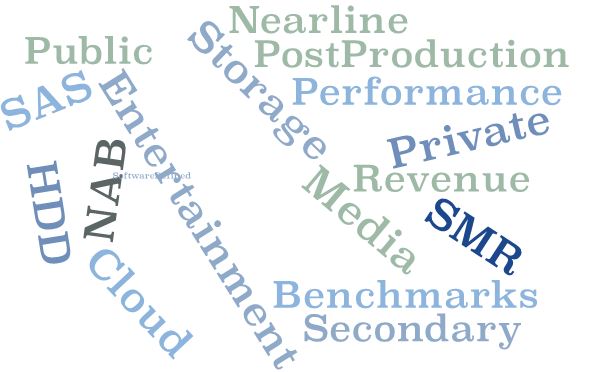 Thanks to all who attended or listened on-demand to our recent SNIA Solid State Storage Initiative (SSSI) webcast on Trends in Worldwide Media and Entertainment Storage. Motti Beck of Mellanox Technologies and Tom Coughlin, SSSI Education Chair and analyst with Coughlin Associates, got rave reviews for their analysis of this important market. Feedback comments included “Good overview with enough details for me to learn something”; “Really appreciate the insight into the ME businesses”; and “Just in time for the upcoming NAB Show!”. We appreciate your interest and enthusiasm!
Thanks to all who attended or listened on-demand to our recent SNIA Solid State Storage Initiative (SSSI) webcast on Trends in Worldwide Media and Entertainment Storage. Motti Beck of Mellanox Technologies and Tom Coughlin, SSSI Education Chair and analyst with Coughlin Associates, got rave reviews for their analysis of this important market. Feedback comments included “Good overview with enough details for me to learn something”; “Really appreciate the insight into the ME businesses”; and “Just in time for the upcoming NAB Show!”. We appreciate your interest and enthusiasm!
Important to every SNIA webcast are the Questions – and we got quite a few on this one. Thanks in advance to Tom Coughlin, who provided the answers below. Send any more questions to us at asksssi@snia.org with the subject- M&E Webcast Questions. Happy reading, and we hope to see you at one of our upcoming webcasts or events.
Q. What is the best form to store(age) the format video, NAS or SAN?
A. Well, it depends. A SAN can directly access the data blocks that make up the video file, these can be quickly transported to the workstation. There they are reassembled into the video file. A properly configured SAN can provide faster access to data, particularly if many users are accessing the same data in the storage system. SANs can be appropriate for a larger production facility. A NAS may provide somewhat slower access, but provides individual access to individual files. NAS storage can be an appropriate shared storage for smaller production facilities where there are fewer users or the users don’t access the same files at the same time.
Q. Are there an M&E-specific performance benchmarks or other qualification tools recommended for storage subsystem selection?
A. That is an interesting question. I know about several general storage performance benchmarks, such as SPC (https://spcresults.org/benchmarks). There are storage performance tests offered by some M&E industry suppliers, such as one from AJA System Test (https://www.aja.com/products/aja-system-test). This is probably an area that could use some additional development.
Q. Revenue share by type and use case – is this on the decline or rise? What are the YoY trends?
A. If I understand this right, you are asking questions about revenue growth for different media and entertainment use cases or different parts of the workflow on an annual basis. That information is in the 2018 Digital Storage for Media and Entertainment Report (https://tomcoughlin.com/tech-papers/)
Q. A question for Tom Coughlin. You said 66% will use private or public cloud for archiving in 2018. Do you have the breakdown between the the two?
A. It is a combination but given the concerns of the industry, I suspect this is mostly private cloud in 2018.
Q. When Tom says “post production” storage, is that primary, secondary/nearline, or both?
A. If I understand the question right, this is all storage used in post-production, which can use a primary and secondary storage tier, particularly in a larger facility which is economizing on its storage costs.
Q. With regard to HDD storage, does the interface trend continue to be SATA/SAS? Does the back end workload look to benefit from SMR or dual-actuator technology?
A. For the time being HDDs will be SATA and SAS. There are now some HDD storage systems with NVMe on the back end and it will be interesting to see how this develops. I am sure that M&E users will benefit from SMR and dual-actuator HDDs. SMR will be good for active archiving in particular and dual actuator will allow faster access to HDD data, a benefit for video projects.
Q. Unless I missed it, you made no mention of software-defined storage as a viable method for storing the growing amount of data in M&E. Was that taken into consideration when you did your survey?
A. Software defined storage can be an important element in media and entertainment storage and is finding increasing use in this and other applications.
Q. Is the cloud archive, primary copy or secondary (insurance policy with limited to no access)?
A. It depends upon the organization, although I think for many studios and larger organizations, they may keep content on tape and even off-line tape as well. Cloud archives do allow access to data, the usual issue is the cost of egressing that content.
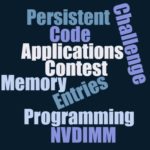 AgigA Tech, Intel, SMART Modular, and Supermicro, members of the SNIA Persistent Memory and NVDIMM SIG, have now placed persistent memory systems with NVDIMM-Ns into the SNIA Technology Center as the backbone of the first SNIA NVDIMM Programming Challenge.
AgigA Tech, Intel, SMART Modular, and Supermicro, members of the SNIA Persistent Memory and NVDIMM SIG, have now placed persistent memory systems with NVDIMM-Ns into the SNIA Technology Center as the backbone of the first SNIA NVDIMM Programming Challenge.
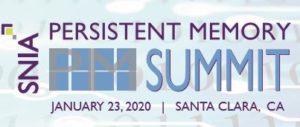
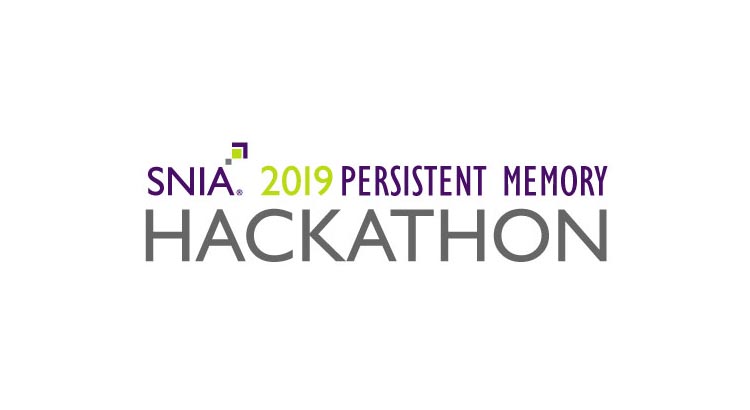
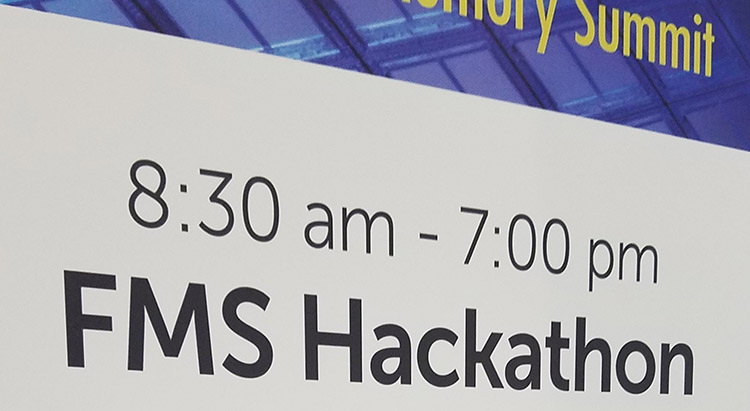

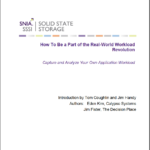


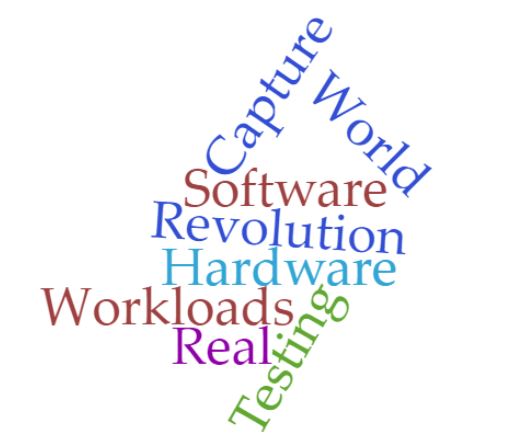 The
The  Thanks to all who attended or listened on-demand to our recent SNIA Solid State Storage Initiative (SSSI) webcast on
Thanks to all who attended or listened on-demand to our recent SNIA Solid State Storage Initiative (SSSI) webcast on